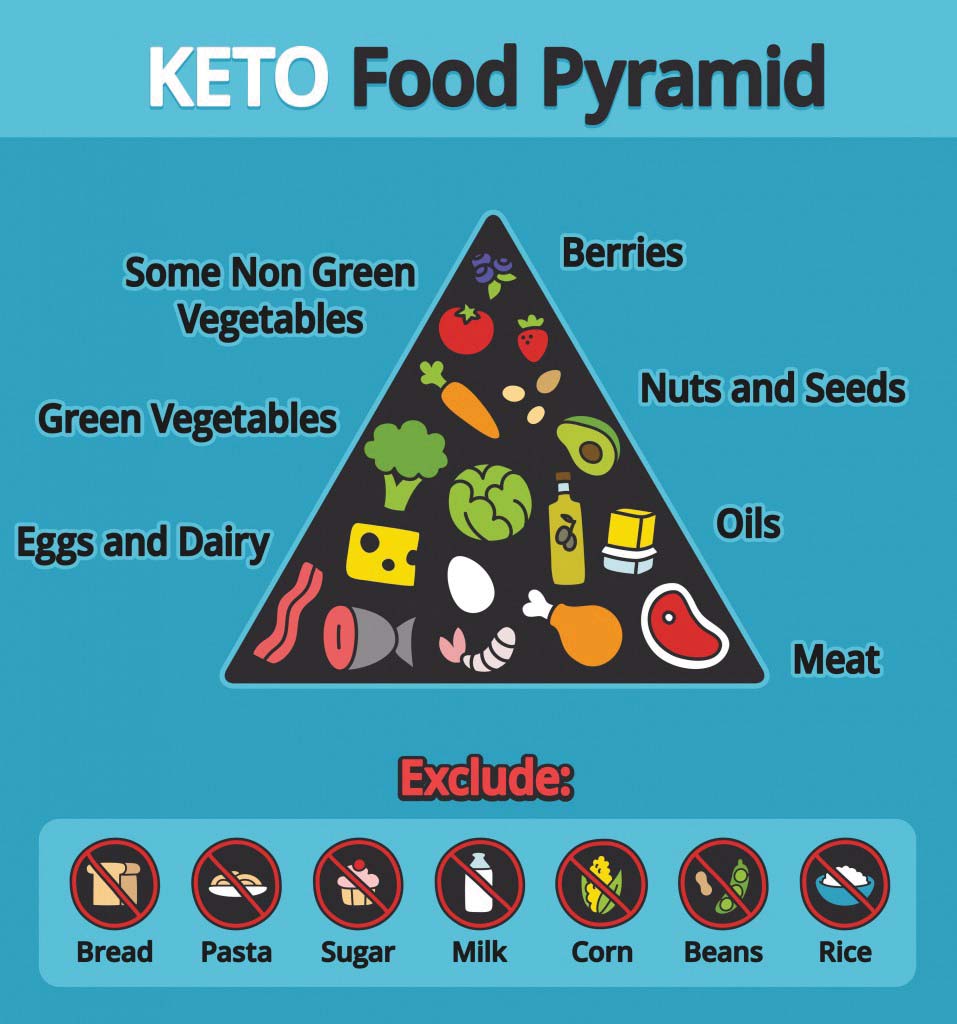By Jessica Bauer
Raise your hands if you’ve heard the terms “keto “ketogenic”, or “keto diets”. I bet it’s no surprise most of you have heard these terms, especially for weight loss.
Now raise your hands if you’ve heard that this type of diet is actually used for refractory epilepsy (poorly controlled seizures) in children.
Please remember to always seek support and guidance from a medical heath professional, as a ketogenic diet might not be the right course of action for your child. The purpose of this article is to help you understand more about what a ketogenic diet is and when it might be suitable to use.
So to begin we first need to understand the background on epilepsy.
What is epilepsy?
Epilepsy is a disease of the brain that is characterised by spontaneous and recurrent seizures. A seizure is a disruption of the electrical activity in the brain.
There are many types of seizures. Some of them include:
- Focal onset seizures. Approximately 60% of people with epilepsy have focal seizures and these type of seizures can be very resistant to anti-epileptic drugs.
- Generalised onset seizures. There are 5 types of generalised seizures, ranging from loss of consciousness to muscle jerking.
- Unknown onset. This is when seizures cannot be diagnosed as either focal or generalised.
Now that we understand a little more about epilepsy and seizures, let’s look into the ketogenic diet.
What is a ketogenic diet?

A ketogenic diet is an eating pattern that is high in fat and low carbohydrate. From the total daily calories 90% comes from fats, approximately 3% comes from carbohydrates and 7% comes from proteins. This particular diet is known as the classical ketogenic diet (KD). Modified versions of the KD have been designed to be more pleasant and make it easier for children to follow. These diets include the modified Atkins diet (MAD) and medium chain triglyceride (MCT).
The science behind how a ketogenic diet might be useful in epilepsy.
Currently there is no definite answer as to how the ketogenic diet works; but scientists, researchers and medical professionals have been able to come up with a proposed mechanism.
To understand the way ketogenic diet can improve epilepsy, we need to understand the basics of our brain.
Our brain, liver and all muscle tissues need energy – this energy comes from the food we eat. Our brain prefers to use glucose to function, and glucose comes from carbohydrates, (think bread, rice, pasta, dairy products, fruit and some starchy vegetables).
Now let’s take our ketogenic diet, which is very high in fat and very low in carbohydrates. When we restrict carbohydrate from our food, we restrict the glucose supply that our brain can use. So when we instead provide our bodies with predominantly high fat foods, our body will create what we call ketone bodies which our brain, liver and muscle tissue can now use as a sustainable energy source.
The proposed benefit of using ketone bodies instead of glucose for brain function is that ketone bodies have a potential anticonvulsant effect. (This is the agent used in anti-epileptic drugs).
Practical points to consider
- A ketogenic diet should only be used under strict medical supervision including a paediatric neurologist, nurse, and dietitian. Your medical team will decide what is best for your child.
- The only scientific evidence for ketogenic diets is for children with refractory epilepsy
- Ketogenic diet might not always work to reduce seizures
- Ketogenic diet can be restrictive and not suitable for all children
- A ketogenic diet is not safe for children with certain metabolic disorders
*Please seek medical attention prior to altering your child’s diet if for medical reasons
Jessica Bauer is an Accredited Practising Dietitian. She has a passion for children’s health and wellbeing. She loves teaching children about the wonders of food and in her practice she uses food to do good. She spent her childhood in snowy mountains of Switzerland and then spent her adolescent years running around the sandy beaches of Frankston – the best of both worlds. In her spare time, she loves finding that perfectly brewed coffee and jumping out of airplanes.
Peninsula Kids – Autumn 2019
